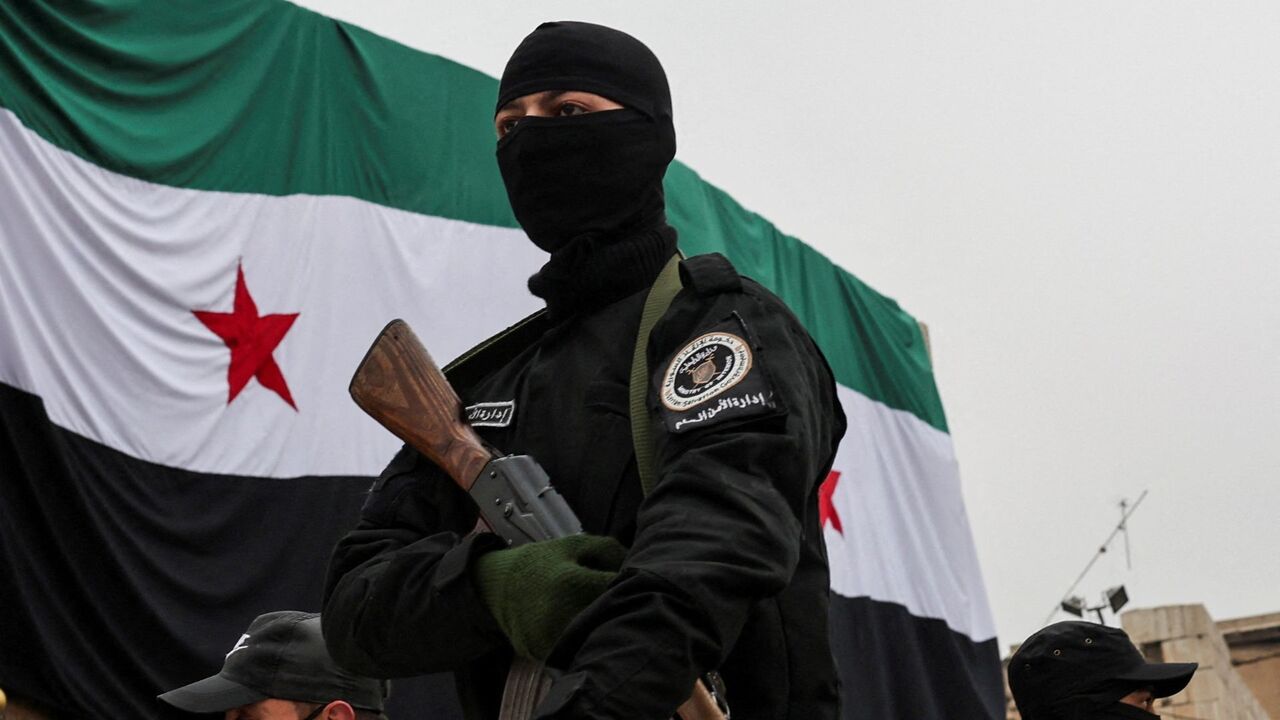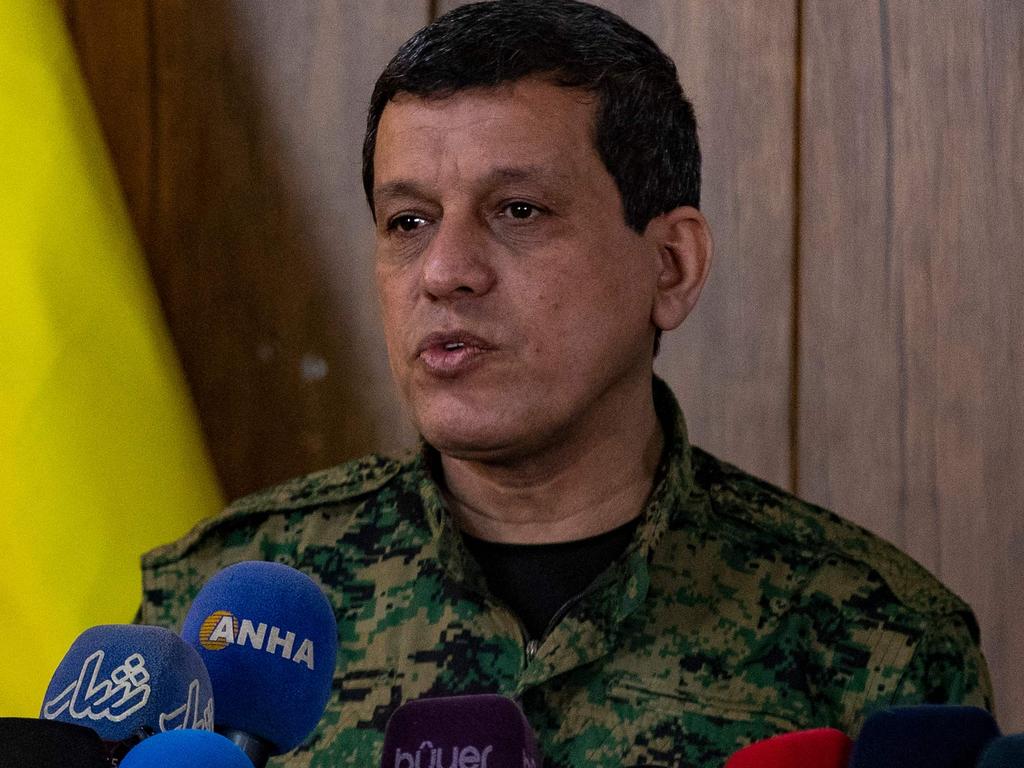Deadly ambush, protests challenge Syrian leaders’ new power
The instability in Syria, a deadly ambush and protests, highlight the new government’s challenges governing constituencies that weren’t under its jurisdiction before the fall of Bashar al-Assad.

Syria’s new rulers are facing challenges to their authority, including clashes with allies of the old regime and protests accusing them of destroying religious symbols.
Islamist group Hayat Tahrir al-Sham launched the assault that overthrew dictator Bashar al-Assad and has now positioned itself as the country’s new government. In the largest incident since taking over, it said at least 14 members of the new government’s security forces were killed Wednesday in an ambush conducted by loyalists of the old regime.
The killings happened in Tartus province, along the coast, an area heavily populated by Syria’s minority Alawite sect, which included the Assads. The transitional government said it launched an operation to pursue Assad loyalists and restore order. It also set overnight curfews for several areas of the country.
Also on Wednesday, protests were sparked after footage circulated showing a famed Alawite shrine burning as armed fighters stood by. HTS said the video is old, from when it took the city of Aleppo at the end of November, and that it is working to protect religious sites.
“The situation in Alawite areas since HTS took power was relatively calm until the events yesterday,” said Alaa Khateeb, a resident in Tartus, who said some anti-HTS groups wielded weapons. “It is a very sensitive time now.”

Separate protests broke out among the country’s Christian minority after a video circulated of a Christmas tree that was set ablaze by members of the armed forces. HTS officials subsequently met with religious minorities and said they detained the foreign fighters who burned the tree.
The instability highlights HTS’s challenges governing various constituencies that weren’t under its jurisdiction before toppling Assad, said Nanar Hawach, a senior Syria analyst at the International Crisis Group, a think tank. It also suggests a lack of discipline among some rank-and-file members of the various armed groups under the HTS umbrella.
“HTS doesn’t have the manpower to establish control over an entire country that it came to control in a span of two weeks,” Hawach said.
“And a main issue is HTS is not including local actors enough. The best thing they could do now as a new entity seen by many as foreign is to include local groups to govern and patrol,” Hawach added, saying it will be important as the new government goes after Assad loyalists in minority areas accused of committing atrocities.
HTS, an offshoot of al Qa’ida, has routinely promised to respect the country’s diversity and protect religious minorities. But many people worry about how it will govern.
The US, United Nations and European Union all designate HTS as a terrorist organisation and say they are waiting to see how the group will approach human rights before deciding to lift that designation and ease Assad-era sanctions.
Alawites are particularly concerned, given the Assads’ affiliation with the group and the fact that Sunni extremists view them as heretics.
“There is a perception that we are rich and that we benefited from the Assad regime and supported him, which is widely not the case,” said Firas Maalla, an Alawite living in a Damascus neighbourhood that is home to many members of the sect.
“For now, fear governs us, and it is too early to judge HTS and how our future will turn out.”

The tensions raise the risk that Syria could enter a period of new conflict as the celebrations over the downfall of the widely despised Assad regime fade. The country is divided along religious and ethnic lines and is home to many armed rebel groups no longer focused on a common enemy. While HTS controls Damascus and other major cities, swathes of the country are beyond its reach, and foreign powers are pursuing their own agendas on Syrian territory.
In the resource-rich northeast, which HTS doesn’t control, fighting has heated up between Kurdish-led groups and militias supported by Turkey, which consider the Kurdish groups enemies. Without control of the northeast, a future central Syrian government would be stymied in its reconstruction efforts, as most of the country’s oil fields are located there.
In the southwest, Israel is deepening its presence in Syrian territory and continues to hold areas in a buffer zone between the countries it seized as the Assad regime fell. The Israeli military fired toward people in a Syrian town earlier this week, after it said troops told protesters approaching them to back away.
Dow Jones





To join the conversation, please log in. Don't have an account? Register
Join the conversation, you are commenting as Logout